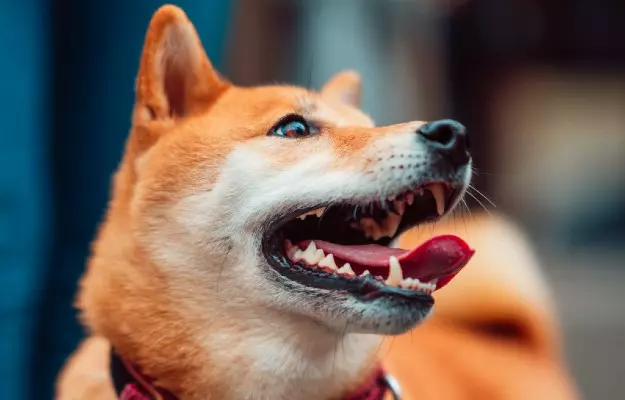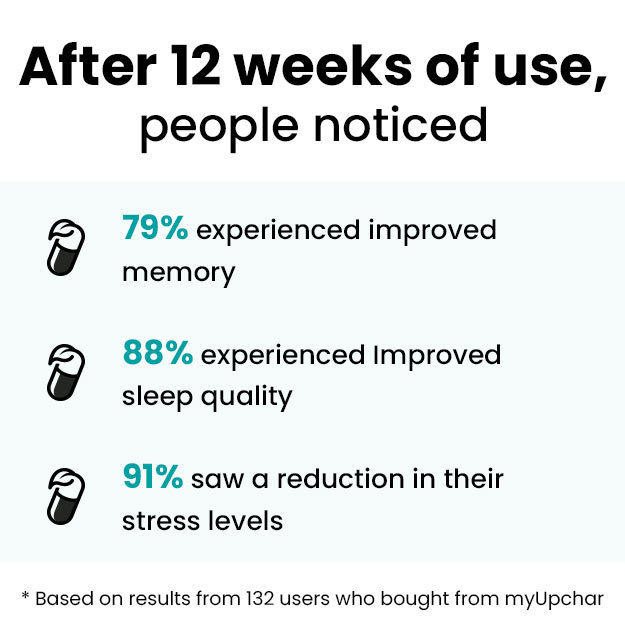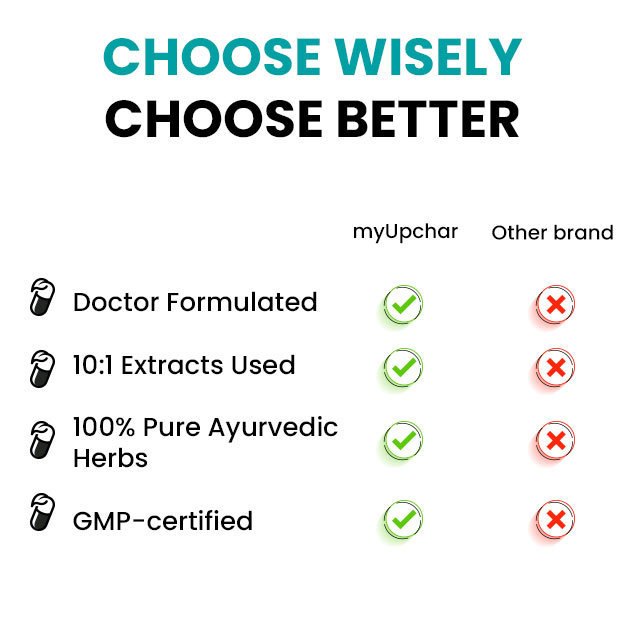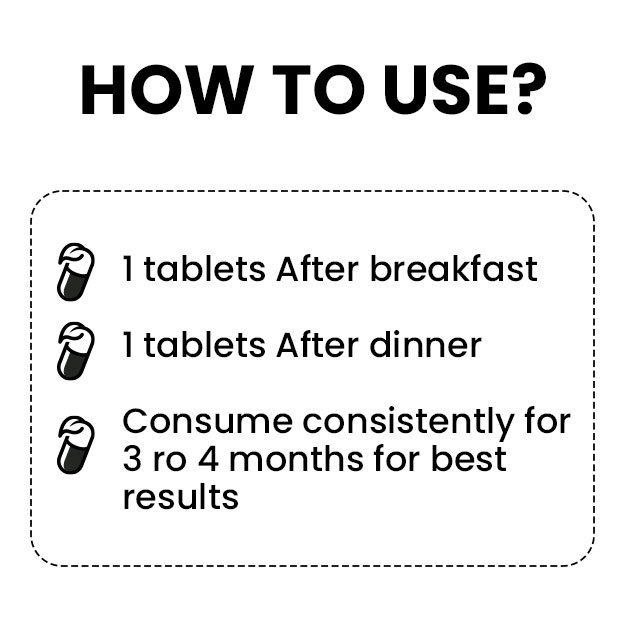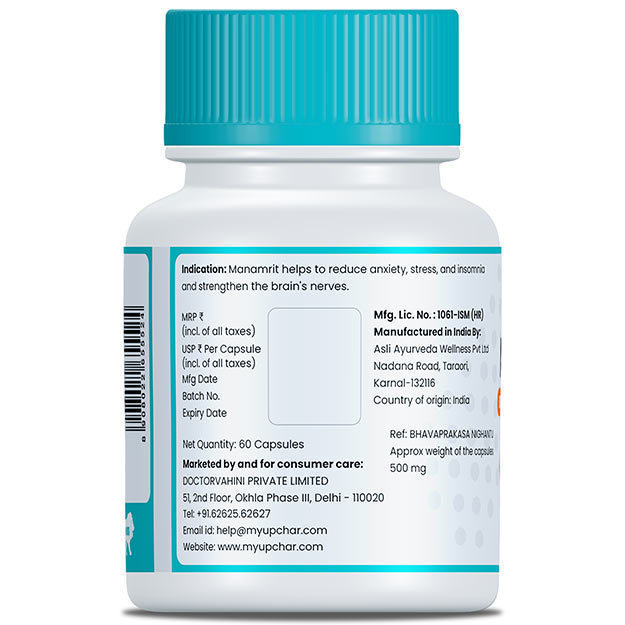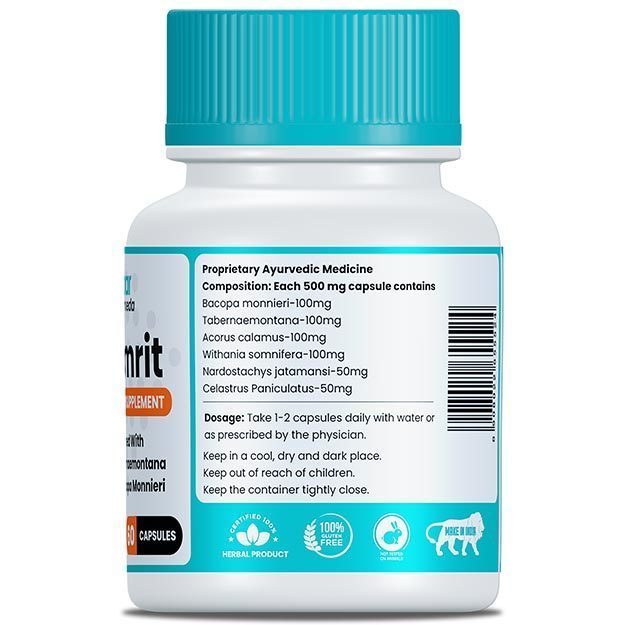Periodontal disease in dogs can be diagnosed by the staging of the disease, which is divided into four stages depending upon the severity:
Stage I: This is an early stage and is medically known as gingivitis, which is an inflammation of the gums in response to the presence of plaque and tartar. The gums are inflamed but there is no evidence of support loss. It can be reversed easily with proper treatment such as prophylaxis which involves plaque and calculus removal along with daily oral care at home.
Stage II: This stage is also known as early periodontitis, where the tooth begins to lose support and some bone loss could be seen on a dental radiograph (X-ray). In this stage, there is visible plaque, tartar and inflammation of gums along with bad breath.
Treatment involves the removal of plaque and calculus, and the additional therapy of root planing to thoroughly clean the root surfaces. Along with daily cleaning, visiting the vet every 4-6 months will help monitor your dog’s condition.
Stage III: This stage is known as moderate periodontitis or established periodontitis where there is about 25-50 percent destruction of the periodontal ligament and alveolar bone loss (the bridges that contain tooth sockets) visible on oral radiographs (X-rays).
Clinically, the gums will be swollen and bleed easily. Your dog may present with bad breath and infected teeth at this stage.
Treatment would require more aggressive therapy, with extensive root planing and stringent plaque prevention to save the teeth. Dogs would require re-evaluation in every two weeks for the next 3-6 months.
Stage IV: At this stage, periodontal disease gets extreme where the bone loss of 50 percent or more is visible on oral radiographs. The dog may show signs of severe pain and multiple loose teeth. Bacteria of the mouth are so toxic that they could also enter the bloodstream of your dog, leading to bacteremia which could cause many systemic infections and damage to internal organs.
Usually, extraction is the treatment of choice for loose teeth along with deep cleaning of the remaining teeth. Appointments at the vet have to be scheduled every two weeks for the next six months to make sure that bacteria doesn’t spread to the body.

